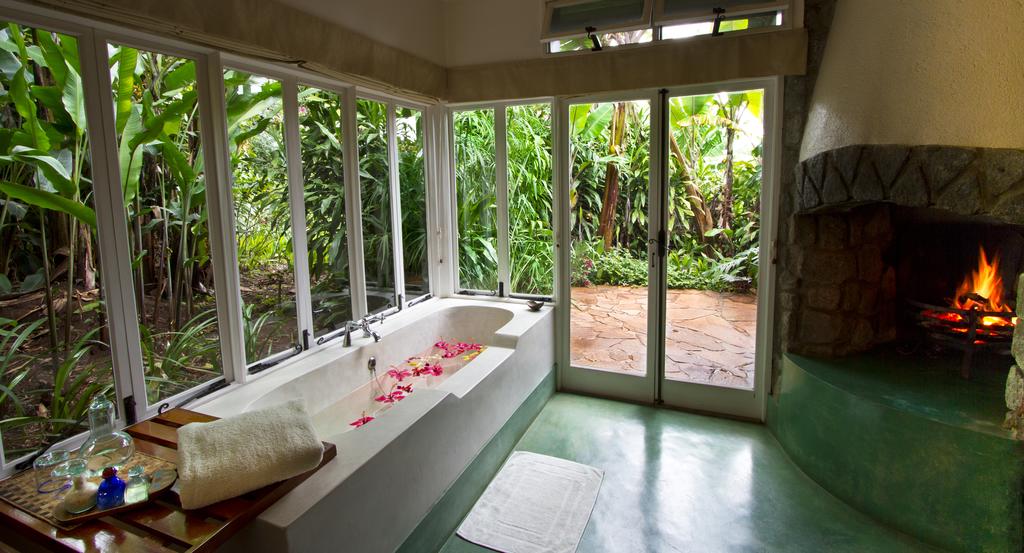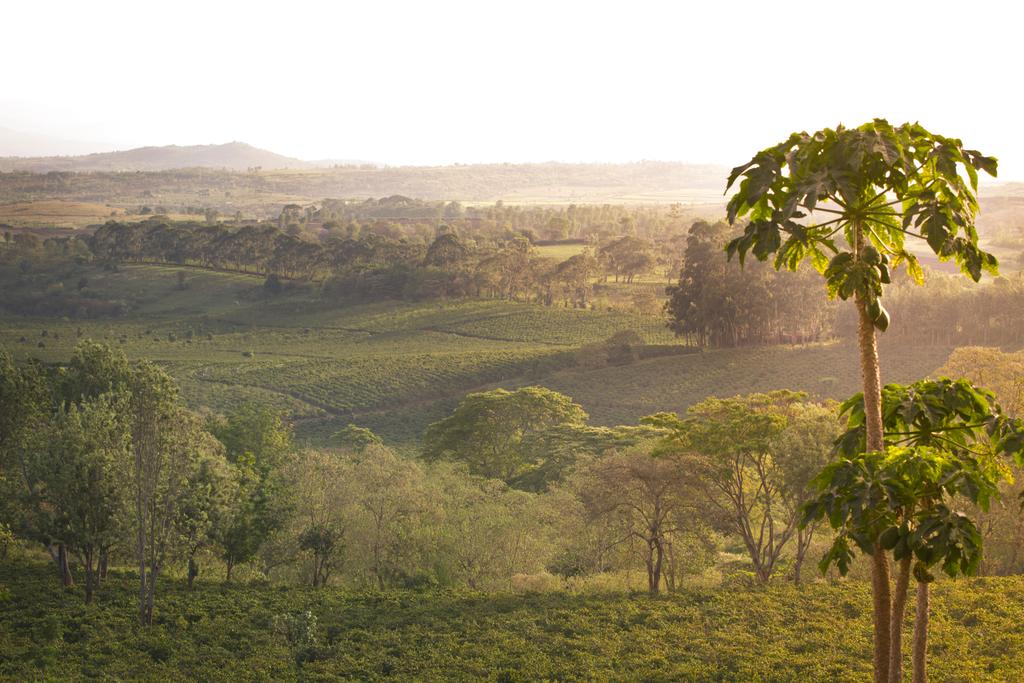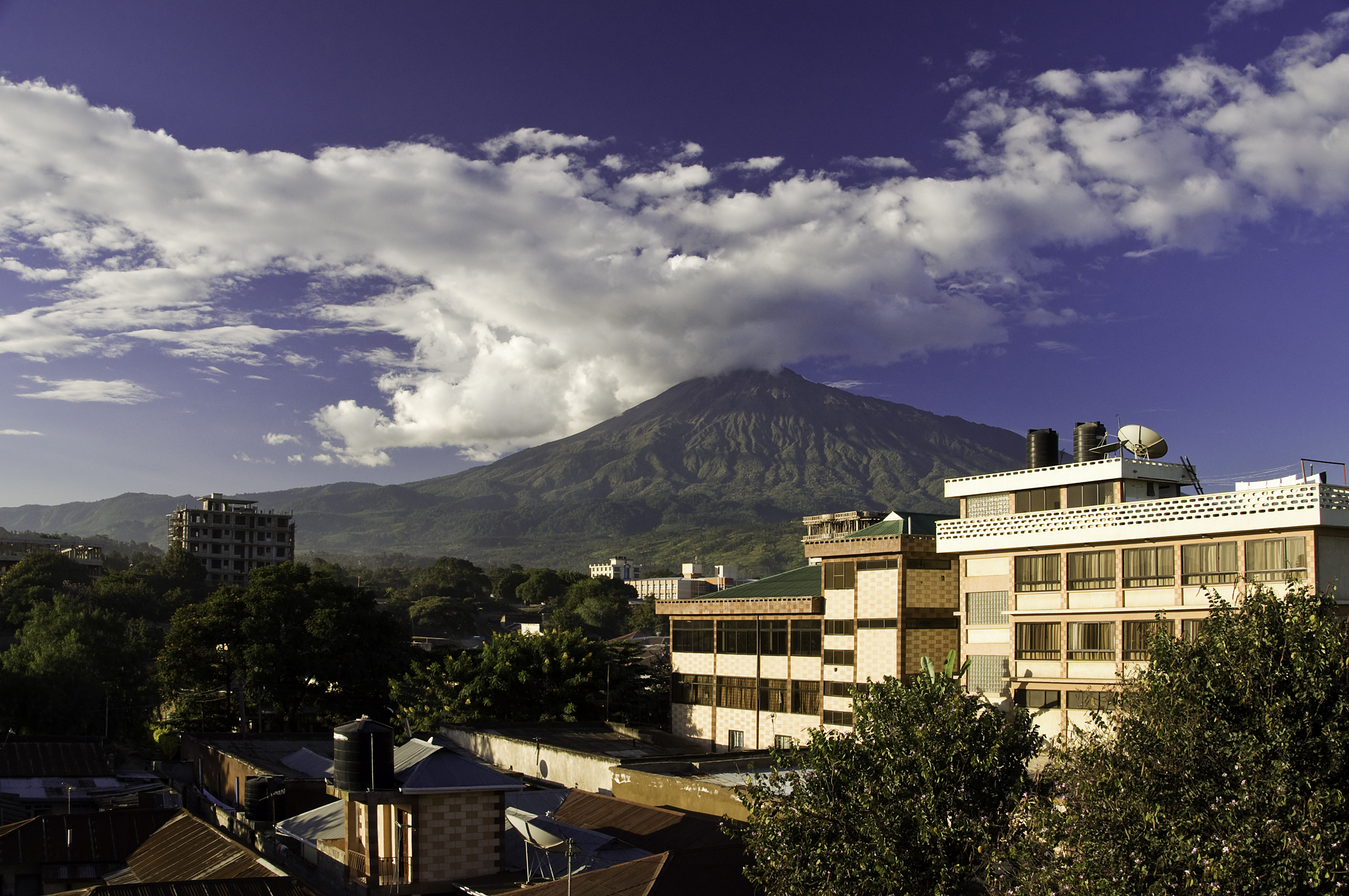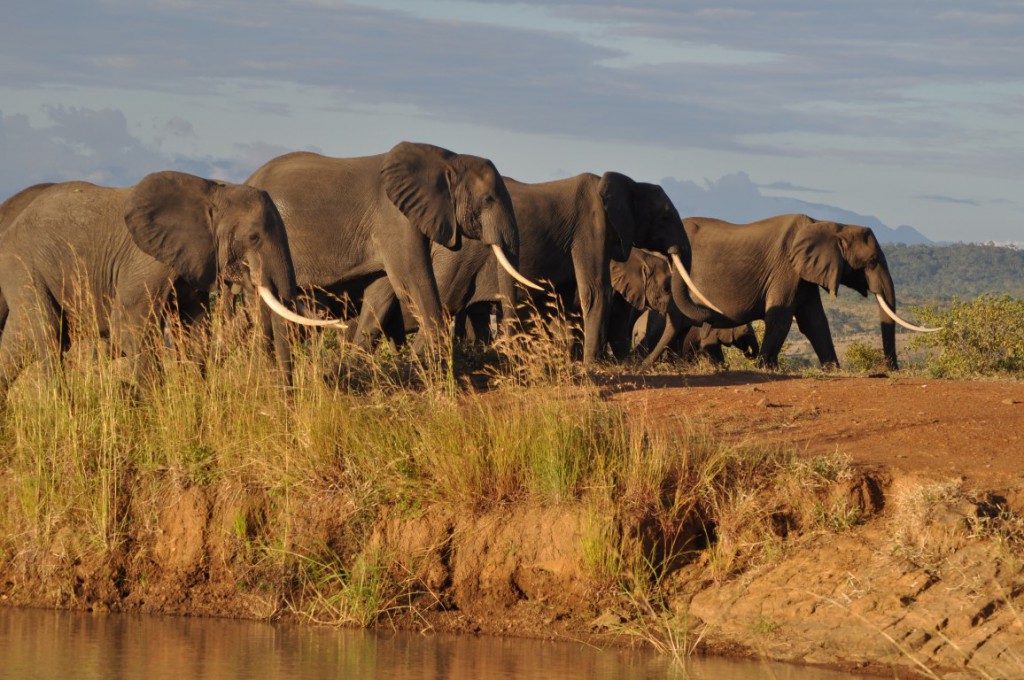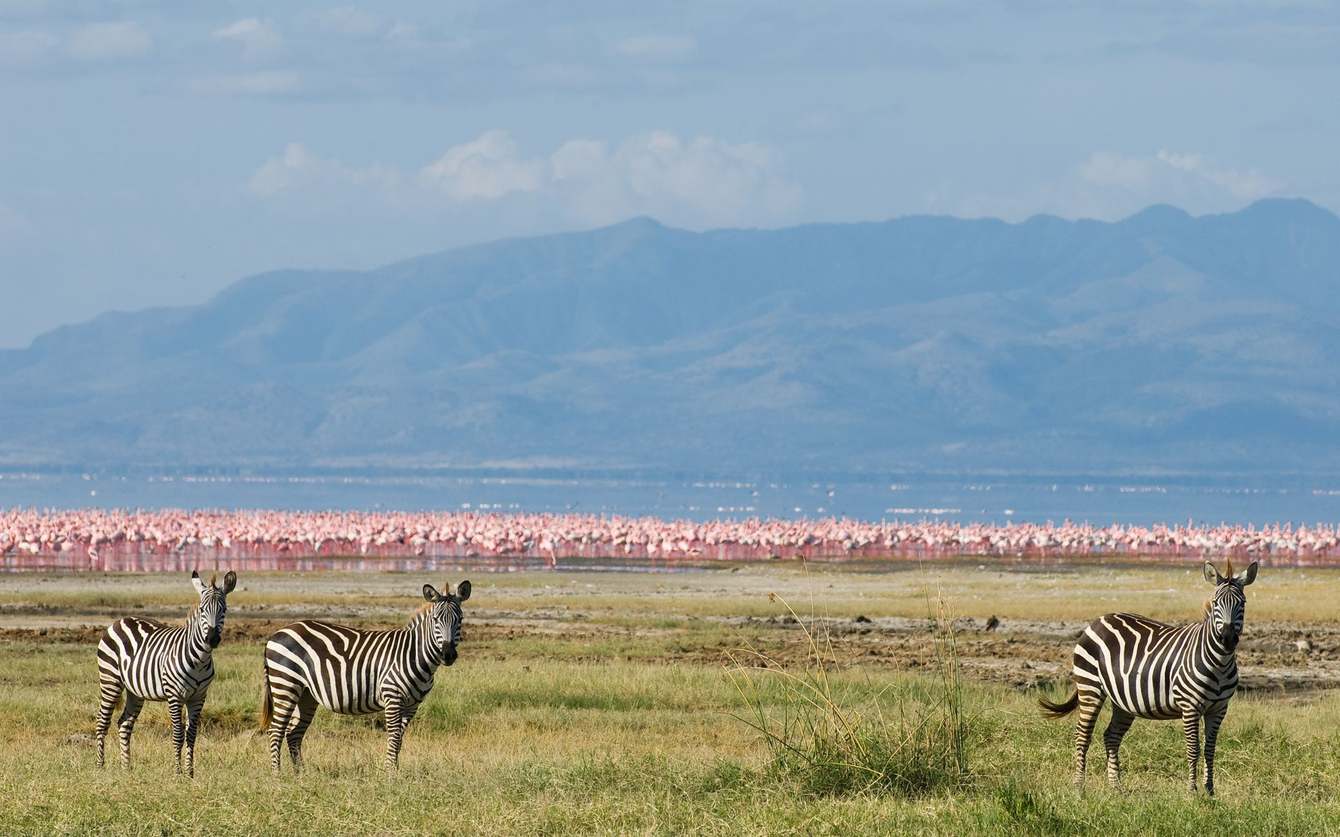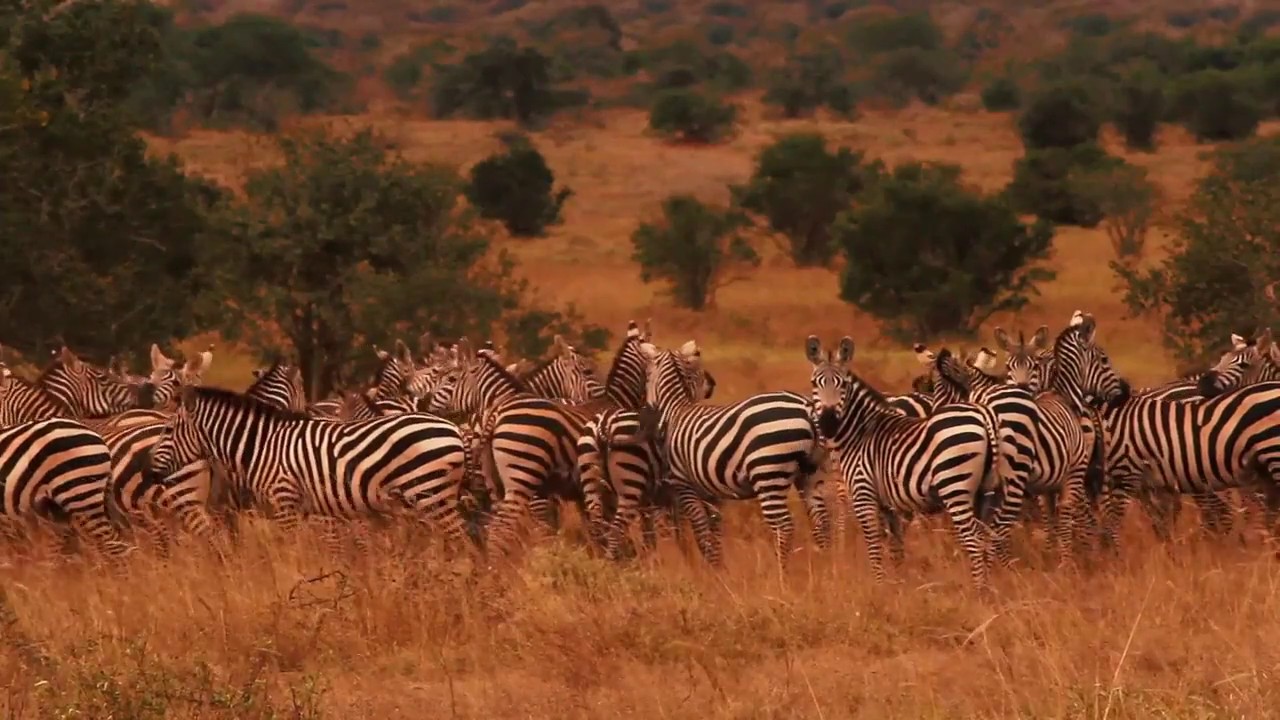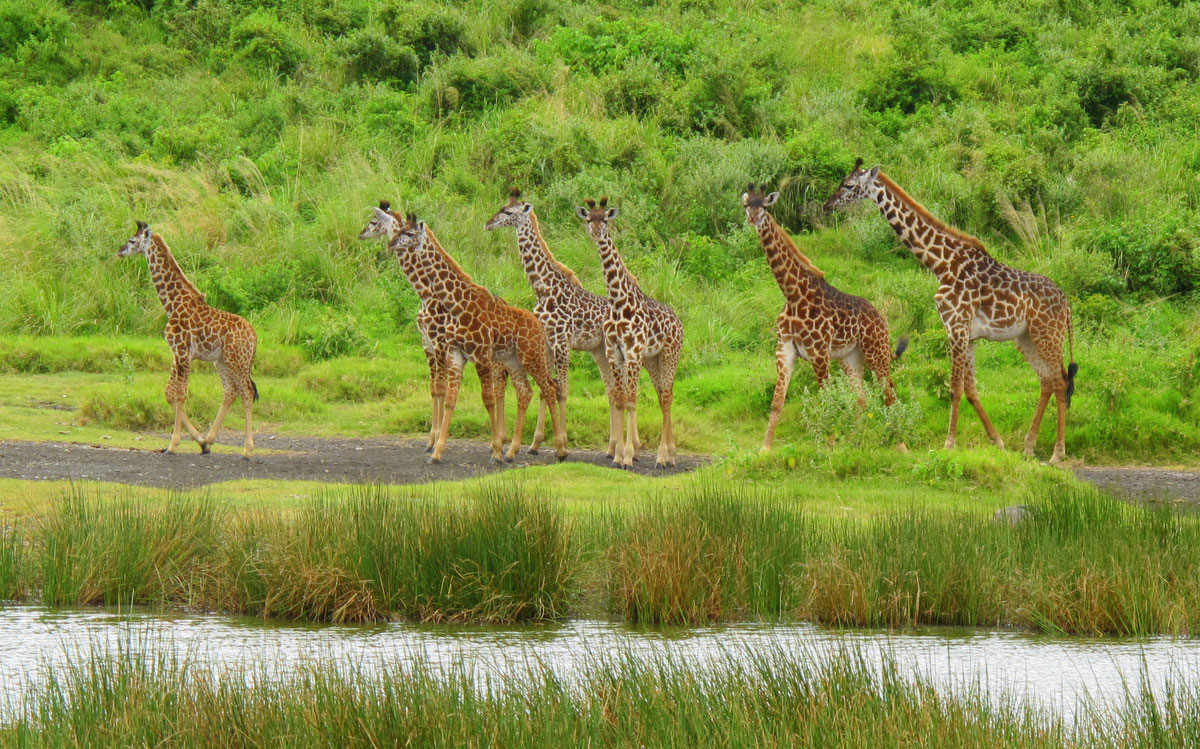-
Arusha
The topography of this small park is amazingly varied and includes grassy plains montane forest volcanic craters, swamps, and saline lakes. There are meadows with plains game and forest where you may see beautiful black and white colobus monkeys as well as Sykes monkeys. On clear days Kilimanjaro shimmers in the distance and Mt Meru presides over the park. There is a series of small lakes which are home to myriad species of birds. It’s usual to see lots of giraffe and buffalo here and its possible to take an exploratory hike on the mountain. This often overlooked park is a great place to spend a day and acclimate to east Africa.
-
Tarangire
Tarangire is famous for its elephants and in the dry season is home to huge herds of buffalo and significant numbers of zebra and wildebeest. There are long vistas and a baobab studded landscape which makes for a very different environment to the other parks. Red dust, palms and baobabs set the scene for glorious sunrise and sunset photos.
At the dry time of year the Tarangire River is the only source of water for miles around attracting herds of elephant, wildebeest and zebra. This park is a good place to site the illusive leopard and there are over 550 species of birds that breed here, the most in any habitat in the world.
-
Manyara
Nestled up against the wall of the Great Rift Valley, Lake Manyara National Park is famous for the bird life and elephant population. The soda lake, located on the floor of the rift valley and next to a dramatic escarpment, attracts flamingos and pelicans as well as other water fowl. There are several different species of hornbills in residence as well as kingfishers, the strange looking hamerkop and more.
The park is also home to vervet monkey, olive baboon, giraffe, hippo, African buffalo, bushbuck, impala and a healthy population of lion among others. This exceptional and often overlooked park is a perfect place to spend a day.
-
Serengeti
The vast Serengeti is one of the most stunning wildlife sanctuaries on the planet. The name comes from the Maasai Serengeti” referring to endless plains. This vast savannah hosts the worlds largest surviving concentration of plains game. In addition to the short grass plains there are beautiful rocky out-cropping called kopjes (pronounced copies) and thousands of acres of bush and acacia woodland. The Seronera area has permanent water and therefore is an excellent area to spot the big cats and elephant in the dry season.
This is home to the “Great Migration” where millions of antelopes and zebras traverse an area of 14,764 sq kilometres (5,700 sq miles) ranging from the Masai Mara in Kenya in the northeast, almost to the shores of Lake Victoria in the west and down to the rim of the Ngorongoro Crater in the south. The movement of the herds is driven by the rains which result in water and food for the grazers who in turn are hunted by the resident predators.
-
Ngorongoro
A World Heritage Site, the crater hosts almost every species found in the region except giraffe (they can't negotiate the steep incline down.) There are cheetah, hippo, plains species and a myriad of birds. Here is one of the few remaining places it's possible to encounter the highly endangered black rhino. It is also possible to see elephant (mostly lone or “bachelor” bulls, contented prides of lion, a resident herd of wildebeest, zebra, various gazelles, impala, baboon and much more. Nearby is the famous Oldupai Gorge, where the Leakey family conducted their research for several decades and made many famous contributions to the field of anthropology.
-
Ngorongoro Highlands
This is a 5km round trip, starting and finishing near Gibbs Farm which is situated just to the north of the small town of Karatu. This walk goes gently uphill into the Northern Highland Forest Reserve. The main attractions are the elephant caves, created by elephants digging up the earth to ingest the vitamins and minerals in the soil, and a 150m waterfall, from the top you get beautiful views over the agricultural country around Karatu.
The forest is home to elephant, buffalo, leopard, waterbuck, bushbuck and vervet monkeys, plus a good variety of birds. This is montane, not tropical, forest and is a vital source of water for the wildlife and as well as the farming communities to the South. The round trip should take about 2 hours to the elephant cave and back. This walk can be done before entering or after leaving the Ngorongoro Conservation Area en route from/to Manyara. After this Tour proceed back to Arusha Hotel or Airport for departure.
SEASONAL RATE
Title
N/A
Max People for this package
1
Rate Per Adult
$2,800.00
Rate Per Child
$2,800.00
GROUP RATES
Title
N/A
Max People for this package
1
Rate Per Adult
$2,800.00
Rate Per Child
$2,800.00
GROUP RATES
| Group Size 1 | # of Rooms 1 | Group Rate $ 3055 |
| Group Size 2 | # of Rooms 1 | Group Rate $ 2807 |
Sorry! no content found...


